Focus on Preventive Care
The Ambulatory Services Market is increasingly emphasizing preventive care as a strategy to improve health outcomes and reduce healthcare costs. This focus aligns with a broader shift towards proactive health management, where early detection and intervention are prioritized. Preventive services, such as screenings and vaccinations, are being integrated into ambulatory care settings, allowing for timely health assessments. Data suggests that investments in preventive care can lead to significant cost savings, potentially reducing the burden on emergency services and inpatient care. As healthcare systems recognize the value of preventive measures, the Ambulatory Services Market is likely to expand its offerings to include a wider range of preventive services.
Rising Demand for Outpatient Services
The Ambulatory Services Market is experiencing a notable increase in demand for outpatient services. This trend is driven by a growing preference among patients for receiving care in outpatient settings rather than traditional inpatient facilities. Factors such as convenience, reduced waiting times, and lower costs are contributing to this shift. According to recent data, outpatient visits have surged, with estimates indicating that they account for over 70% of all healthcare visits. This rising demand is prompting healthcare providers to expand their ambulatory services, thereby enhancing the overall capacity and accessibility of care. As a result, the Ambulatory Services Market is likely to witness sustained growth, as more patients seek efficient and effective treatment options outside of hospital environments.
Regulatory Support for Ambulatory Care
Regulatory frameworks are increasingly supporting the expansion of the Ambulatory Services Market. Governments and health organizations are recognizing the importance of ambulatory care in improving healthcare access and efficiency. Policies aimed at promoting outpatient services, such as reimbursement incentives and streamlined licensing processes, are encouraging healthcare providers to invest in ambulatory care facilities. This regulatory support is likely to enhance the viability of ambulatory services, making them a more attractive option for both providers and patients. As these policies continue to evolve, the Ambulatory Services Market is poised for growth, driven by a favorable regulatory environment that encourages innovation and expansion.
Technological Innovations in Healthcare
Technological advancements are playing a pivotal role in shaping the Ambulatory Services Market. Innovations such as telemedicine, electronic health records, and mobile health applications are transforming how healthcare is delivered. These technologies facilitate remote consultations, streamline patient management, and enhance communication between providers and patients. For instance, telehealth services have seen exponential growth, with millions of patients utilizing virtual visits. This shift not only improves patient access to care but also reduces operational costs for healthcare providers. As technology continues to evolve, the Ambulatory Services Market is expected to adapt, integrating new tools that enhance service delivery and patient outcomes.
Aging Population and Chronic Disease Management
The demographic shift towards an aging population is significantly impacting the Ambulatory Services Market. Older adults typically require more frequent medical attention, often due to chronic conditions such as diabetes, hypertension, and arthritis. This demographic trend is driving the demand for specialized ambulatory services that cater to the unique needs of elderly patients. Furthermore, the increasing prevalence of chronic diseases necessitates ongoing management and monitoring, which ambulatory care settings are well-equipped to provide. As healthcare systems adapt to these demographic changes, the Ambulatory Services Market is expected to grow, focusing on tailored services that enhance the quality of life for aging patients.


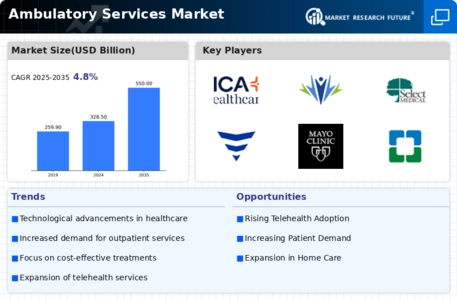
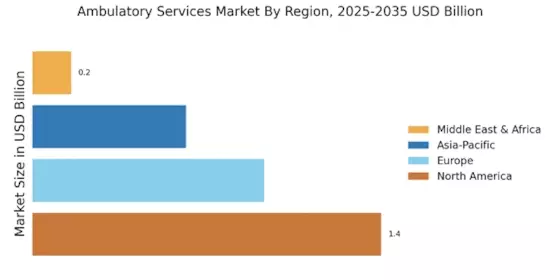
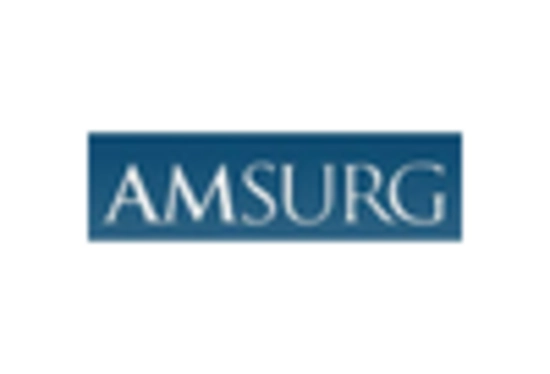
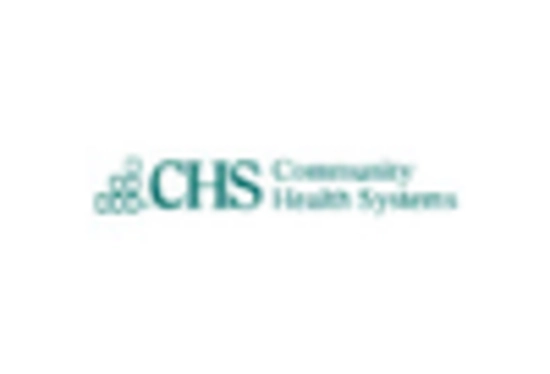

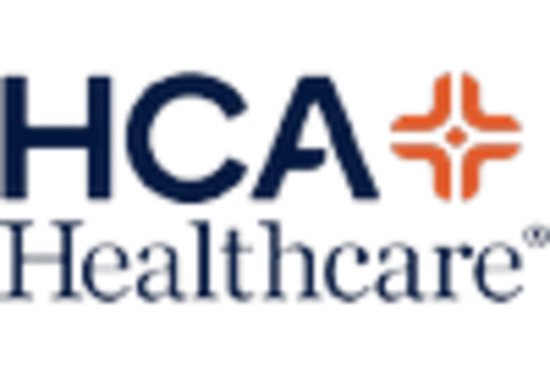

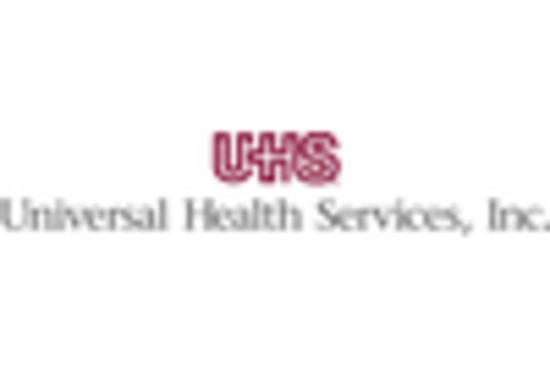








Leave a Comment